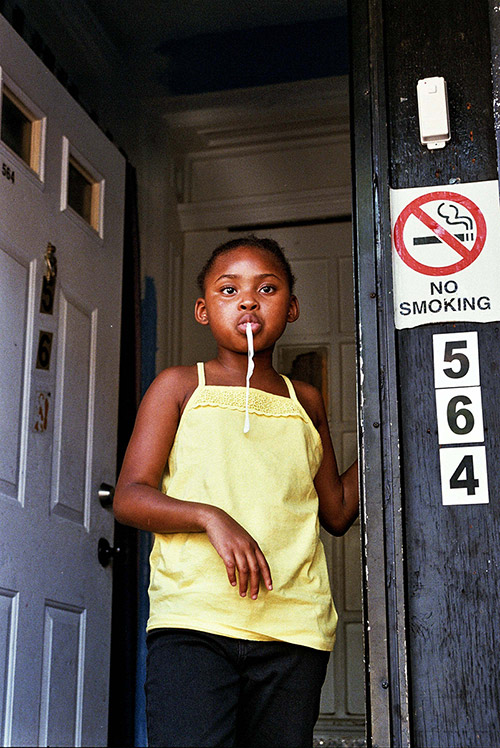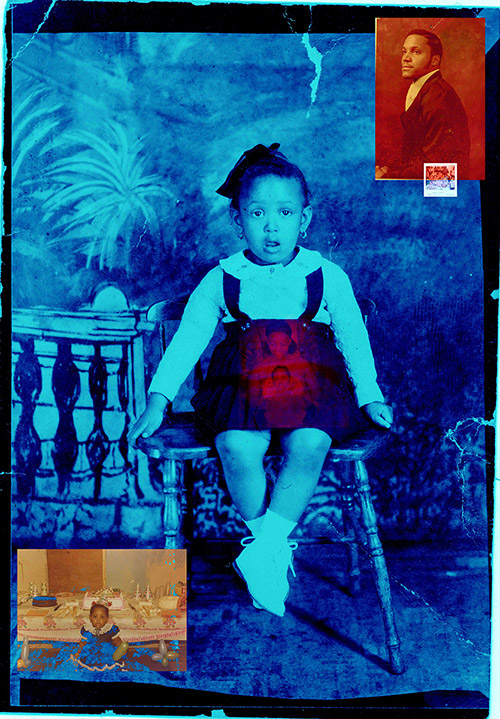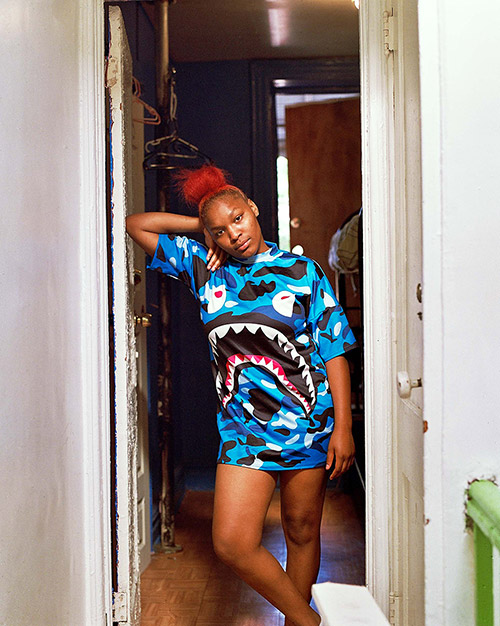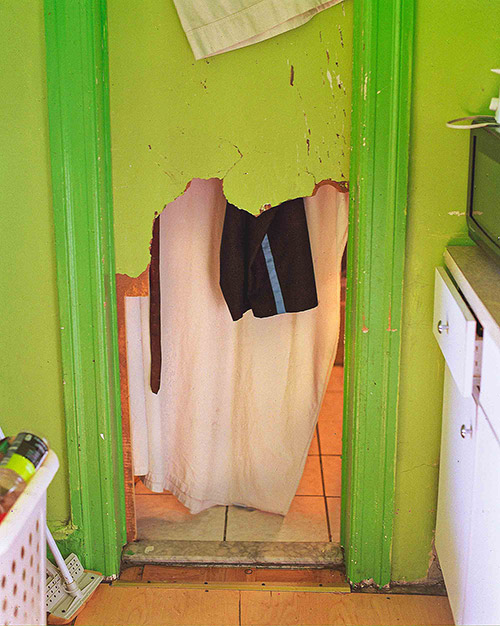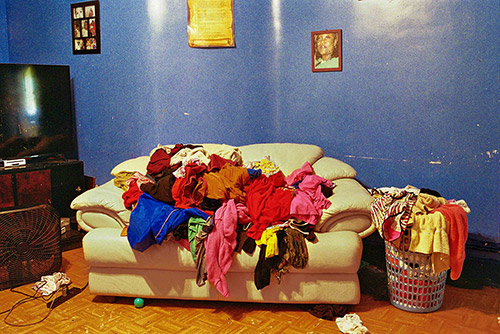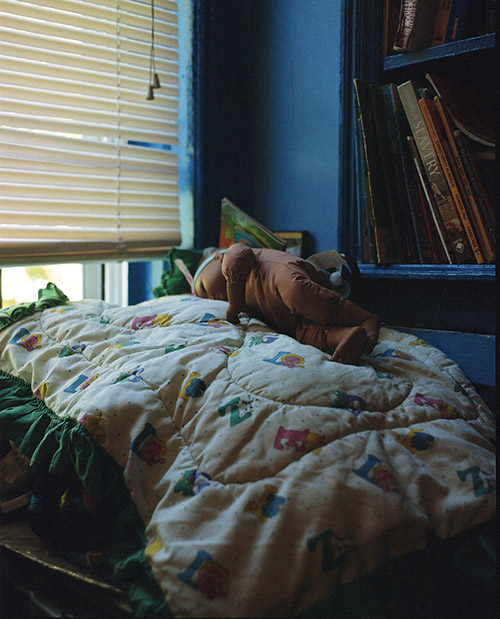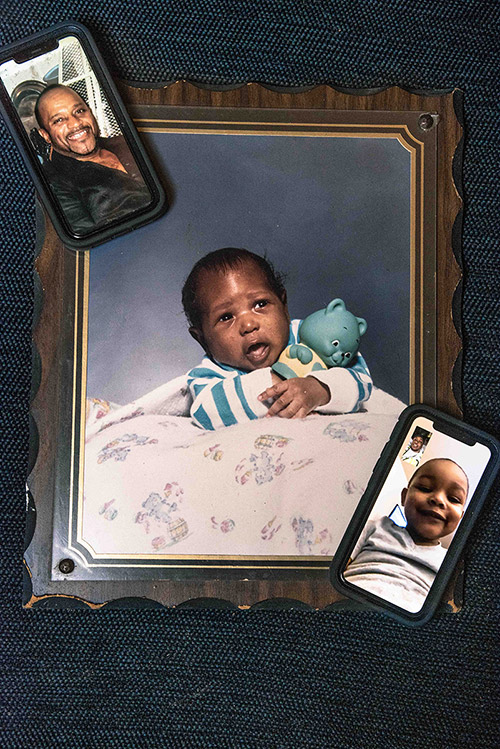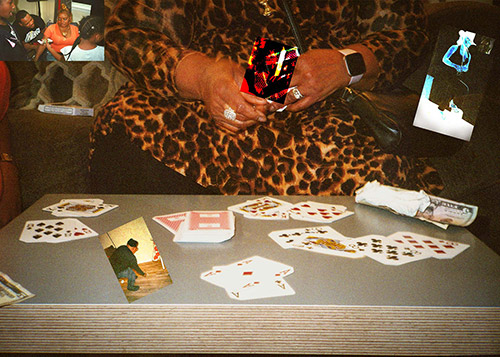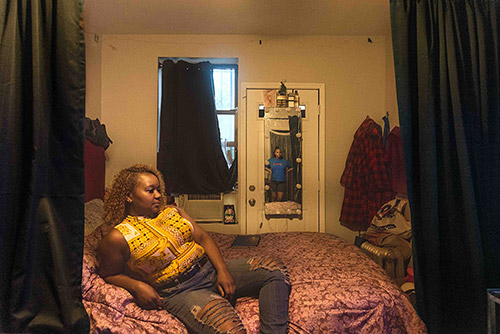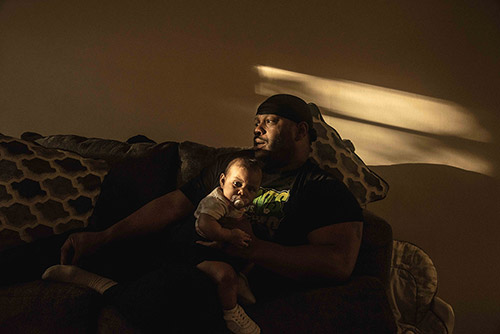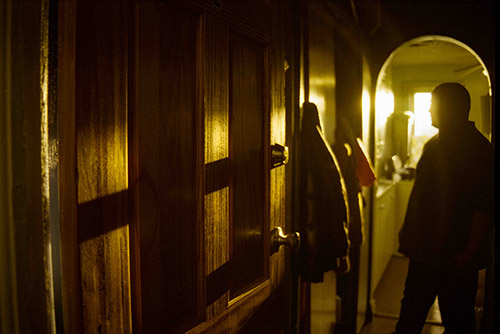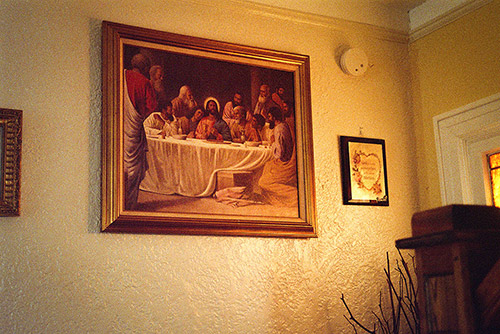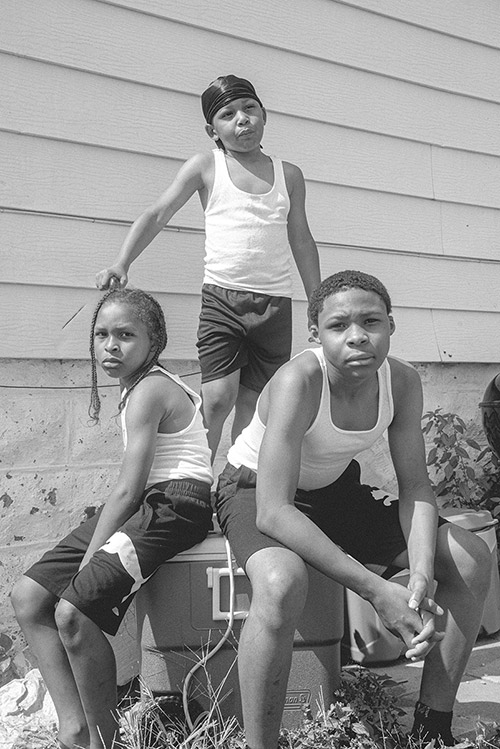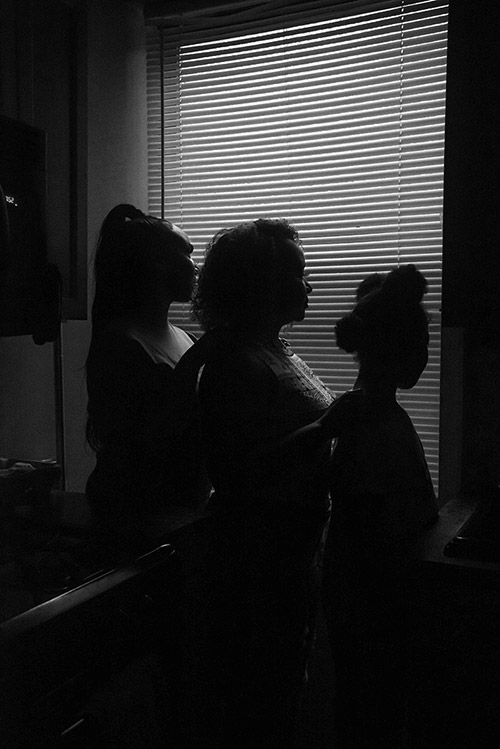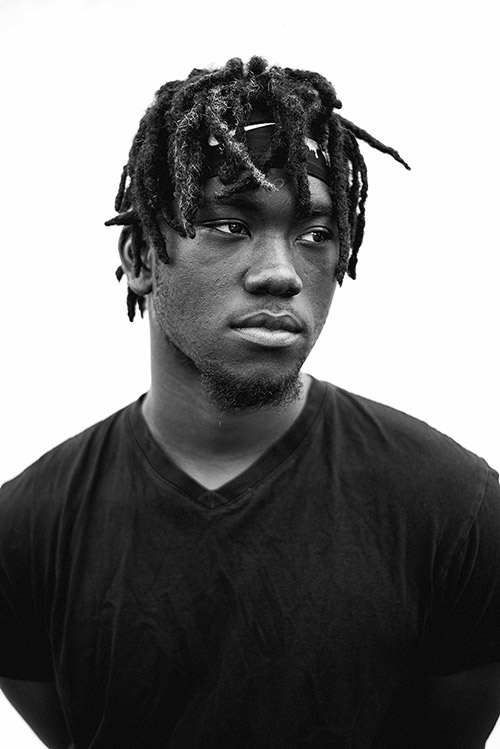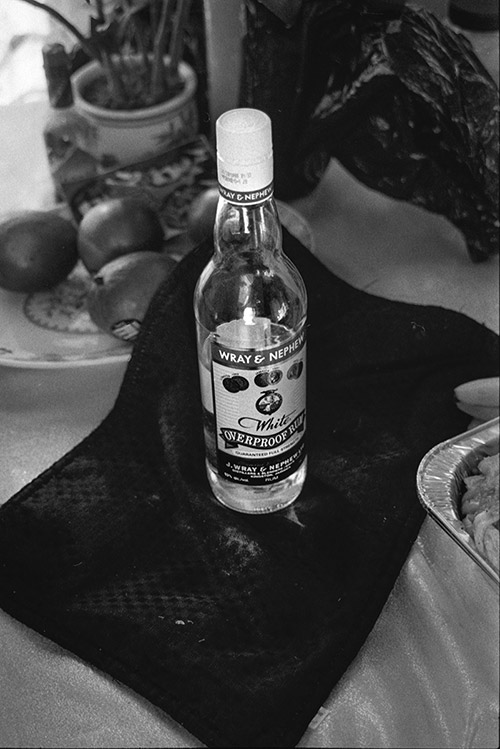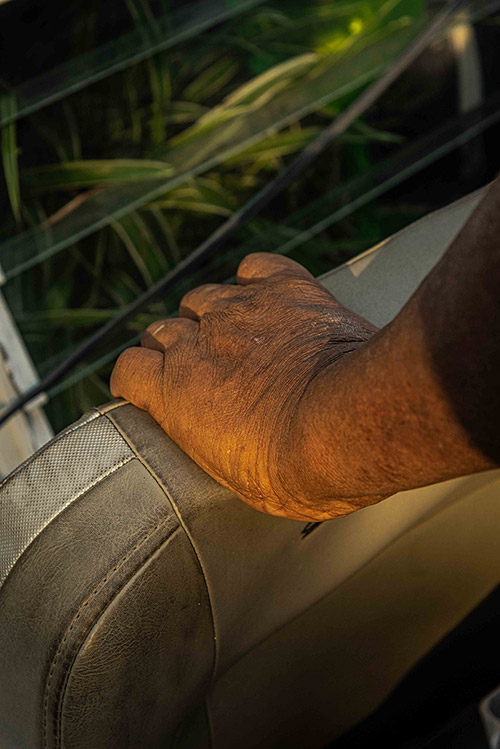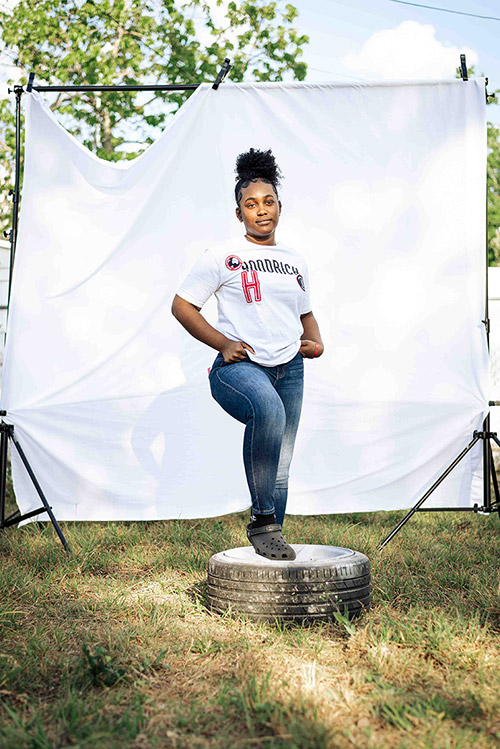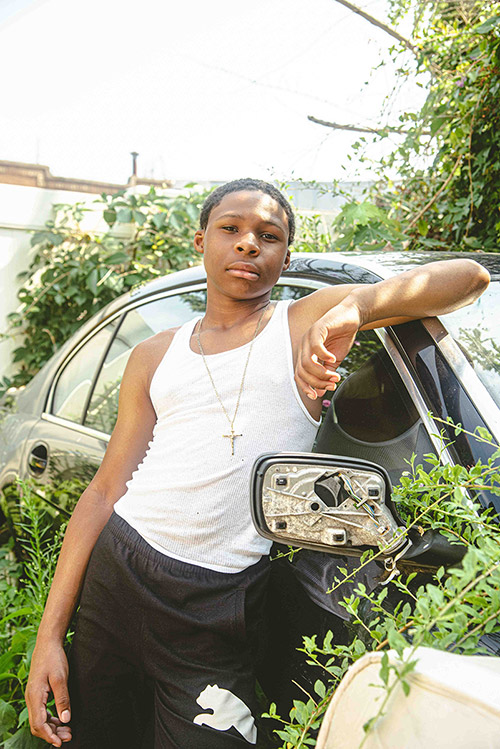featured artist
Semaj Campbell — Five Sixty Four
After encountering Latoya Ruby Frazier’s work, “The Notion of Family,” I began to explore the options of manipulating the camera as a tool to consciously examine the world from an inward perspective. This focus centers on spaces and people close to me and how those images speak to my development as a man, a black man, an artist, a black artist, a teacher, a black teacher, and a human. From my curiosity about examining my own family dynamics, the project 'Five Sixty Four' began to take form and eventually took its first breath.
The "Five Sixty Four" concept originates in my childhood home at 564 Wyona Street in Brooklyn, New York (East New York). This is where my great-grandmother purchased her first home after the murder of her husband and raised her six children, eventually remarrying. In a way, that house and neighborhood are like a homestead to our family, as almost everyone in my family has resided there at some point in their life. Growing up, I heard family stories that always had a different twist depending on the narrator. Some of these stories still have lingering effects, as the past hinders present relationships between family members. Subsequently, these unresolved traumas can leave families and communities of low socioeconomic status filled with suppressed pain and masked scars. Such communities, with households in the likeness of 'Five Sixty Four,' are largely comprised of black and Hispanic families conditioned to bury our emotions and memories, not realizing the collateral damage it causes to future generations’ mental health. The disparaging effect is that younger generations continue to go on not recognizing or knowing how to properly and effectively deal with their emotions in relation to trauma.
While using my family as a microcosm for the larger scope of many black families, the work presented examines how underlying traumas can play a part in the dark cycle of generational curses, or as science would classify it, generational mental illnesses and/or disorders. My work consists of two core components. One involves an interview, where I have the opportunity to sit one-on-one with my family members and hear their stories with no interruptions from others. These conversations afford me the chance to connect with them on a deeper level while simultaneously learning more about myself. The second component is the photographing process, where I am tasked with capturing the essence of each family member within an intimate space relevant to my family’s history while narrating a raw truth through the beautiful pain of perseverance.
Semaj, originally from Brooklyn, NY, completed his studies at Trinity College with a dual focus on psychology and studio art in 2018. Having graduated, he furthered his artistic journey by earning an MFA from Lesley University. Concurrently, Semaj serves as an educator and football coach at Avon Old Farms School in CT. Inspired by the works of Gordon Parks, Deanna Lawson, Latoya Ruby Frazier, Chi Modu, and Bruce Gilden, Semaj's art is a testament to the reimagining of the black gaze through his personal narrative. His photography challenges historical prejudices and false narratives that have marginalized black figures throughout history. By amplifying the voices of the oppressed, Semaj provides a platform for those discarded by society, fostering a powerful counterpoint to ingrained biases.
For more information, visit: www.semajcampbellphoto.com
Interview with Semaj Campbell here

